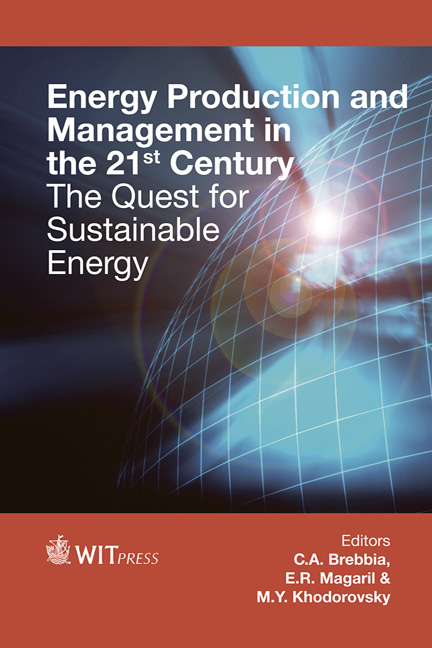Prospects Of The Application Of Curable Decontamination Solutions In Problems Of Impact Improving Of Nuclear Power Plants
Price
Free (open access)
Transaction
Volume
190
Pages
7
Page Range
927 - 933
Published
2014
Size
464 kb
Paper DOI
10.2495/EQ140872
Copyright
WIT Press
Author(s)
S. E. Shcheklein, A. G. Shastin & I. K. Domanskaya
Abstract
The technology of power generation from nuclear power is accompanied by the formation of radioactive waste, which has significant potential environmental hazards. This paper proposes new methods of decontamination of NPP equipment with fluids that immediately after use can be converted into an environmentally safe condition – curing methods of decontamination solutions. A characteristic feature of curable solutions decontamination methods is that the composition of the decontamination solution, and also processes in the solution during deactivation, affect the subsequent transfer of this solution to a solid state, as well as on the properties of the matrix, which will be \“sealed” removed radionuclides. The main factor determining the course of the process of decontamination methods can be divided into contact, acid-abrasive, ultrasound and combined. Concerning the main component of the decontamination solution (slurry) methods can be subdivided into solutions with hydraulic binders, clay slurry (with conventional clay and a clay with a high alumina content) suspension of diatomite and combined. The means of transfer of the solutions used in the solid state methods are divided into \“self-curing” heat treatable and cemented. Application of methods of the curing solution allows us to reduce the number of operations to deactivate air conditioning that provides economic benefits and allows us to create a whole class of portable equipment and to reduce the amount ongoing to dump 4–6 times in comparison with cemented. Keywords: nuclear energy, safety, environment protection, radioactive waste.
Keywords
nuclear energy, safety, environment protection, radioactive waste.





